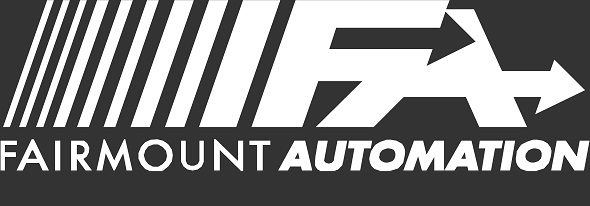Control Panel Design Features
Click on the text in the image for more information

Touchscreen
The Fairmount FDS user interface found on all control and annunciator panels features a large color graphical display that provides the canvas for our screens. It indicates warning and alarm signals as well as provides a graphical user interface for acknowledging signals and performing maintenance and administrative functions. It includes a:
- Ruggedized 10.4-inch, TFT-LCD
- Dimmable ultra-bright backlight allows display to operate in direct sunlight or total darkness
- Multi-finger touch panel (with gloved hand support) allows users to interact using familiar gestures such as swipe to scroll or pan and tap to select
CLICK HERE TO SEE DETAILS ON THE INTERFACE SCREENS
Rugged Design
The FACP is housed in an IP67 watertight enclosure and supports operating over a wide temperature range from -30C to 60C. It is designed and tested for high impact shock, vibration, and electromagnetic interference.
Gland Plate
The panel is supplied with a blank gland plate intended to be customized by the customer to match the interface requirements for a particular installation. The gland plate is constructed from 14 Gauge (5/64”) stainless steel and secured with #8-32 stainless steel screws. Note that two of the screws are 'security screws' and can only be installed or removed from the inside of the panel.
Panel Alert Sounder
Alert sounder audibly annunciates new warning and alarm events using distinct tones for each type of event.
AC Power Indication
Bright LED indicator alerts users that primary power is available to the control panel
Battery Disconnect Switch
Monitored battery disconnect toggle switch (protected from inadvertent operation) connects/disconnects the batteries from the power supply and battery charger during maintenance
Lock Hasp

The Fire Panel can be secured with a lock or tamper seal using the lock hasp feature. The hasp design allows a standard U.S. CID A-A-59486-1 padlock to hang freely and includes a mounting bolt for a lock retention chain.
The lock hasp is part of the panel's suite of cyber security features.
AC Power Connection & Fuses
Color-coded AC power terminals support connection to grounded and ungrounded MIL-STD 1399 compatible shipboard power systems. Fuses can be replaced without the need of tools.
Field Wire Connection Terminals
Power-limited field connections connect to these terminals. The terminals feature spring loaded quick-disconnect style connections for easy wiring. Field connections include:
- Four signaling line circuits SLC loops
- Class A, B, or X
- Powers and communicates with 254 intelligent addressable devices per loop (1016 devices per panel)
- Notification Appliance Circuit (NAC)
- Class A or B
- Synchronization
- Releasing Actuation Circuit (RAC) with supervised health monitoring of actuator coil
- Two Auxiliary Power Sources
- RS-485 Networking (Note: Ethernet Network attaches directly to Control Board)
Control and I/O Boards
The TS1 Control Board (part of the touchscreen assembly) contains the main system processor with associated volatile and non-volatile memory that together execute the software program required for panel's operation. The non-volatile memory stores the configuration files, panel firmware, and system log.
Two Ethernet network ports can be used to communicate with, monitor, and control other panels or remote systems. The TS1 Control Board also contains a touchscreen driver, intrusion detector interface, and an independent sounder circuit.
The TS1 Control and I/O boards interact via a board-to-board interface that allows the main processor to access I/O functionality. The I/O board operates four SLC loops, a notification appliance circuit (NAC), a fire suppression releasing actuator circuit (RAC), and battery backed-up auxiliary power (Aux Pwr) outputs.
Intrusion Detector
All panels include an internally-mounted intrusion detector to sense when the panel enclosure is opened. When activated, an intrusion event is indicated on all system user interfaces and stored in the log file.
The detector is part of the panel's suite of cyber security features.
Power Supply / Battery Charger and Batteries
Power supply and battery charger converts fused AC input power to supply continuous DC power to FACP circuits from either the primary AC power or internal sealed lead-acid batteries.
Multiple battery capacities are available (13 Amp-hour, 28 Amp-hour, or 42 Amp-hour) and should be selected based on the anticipated load on the system.
